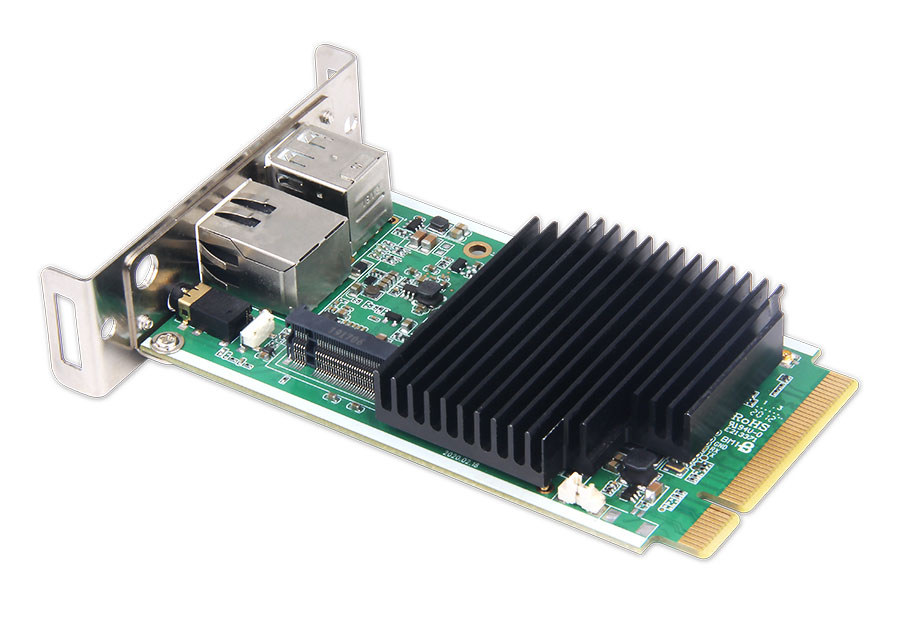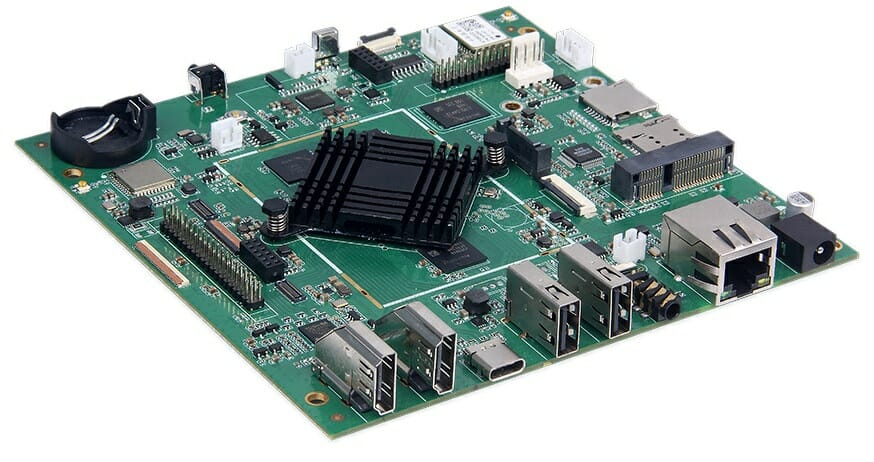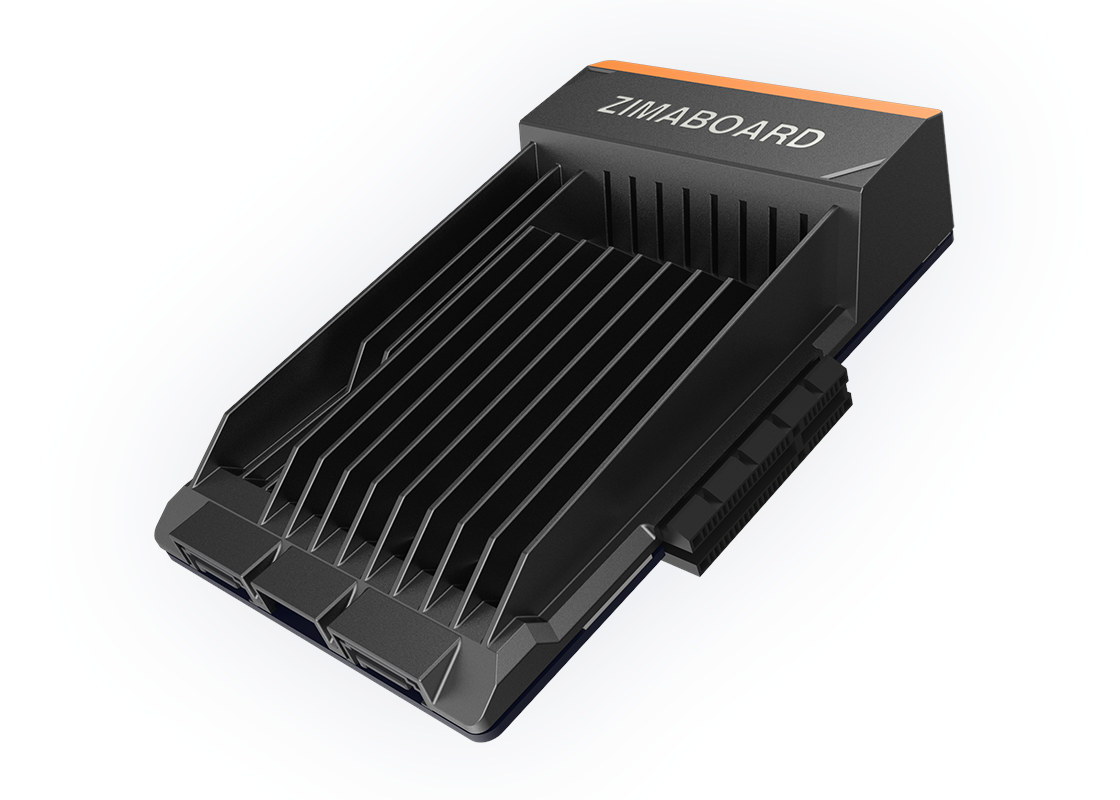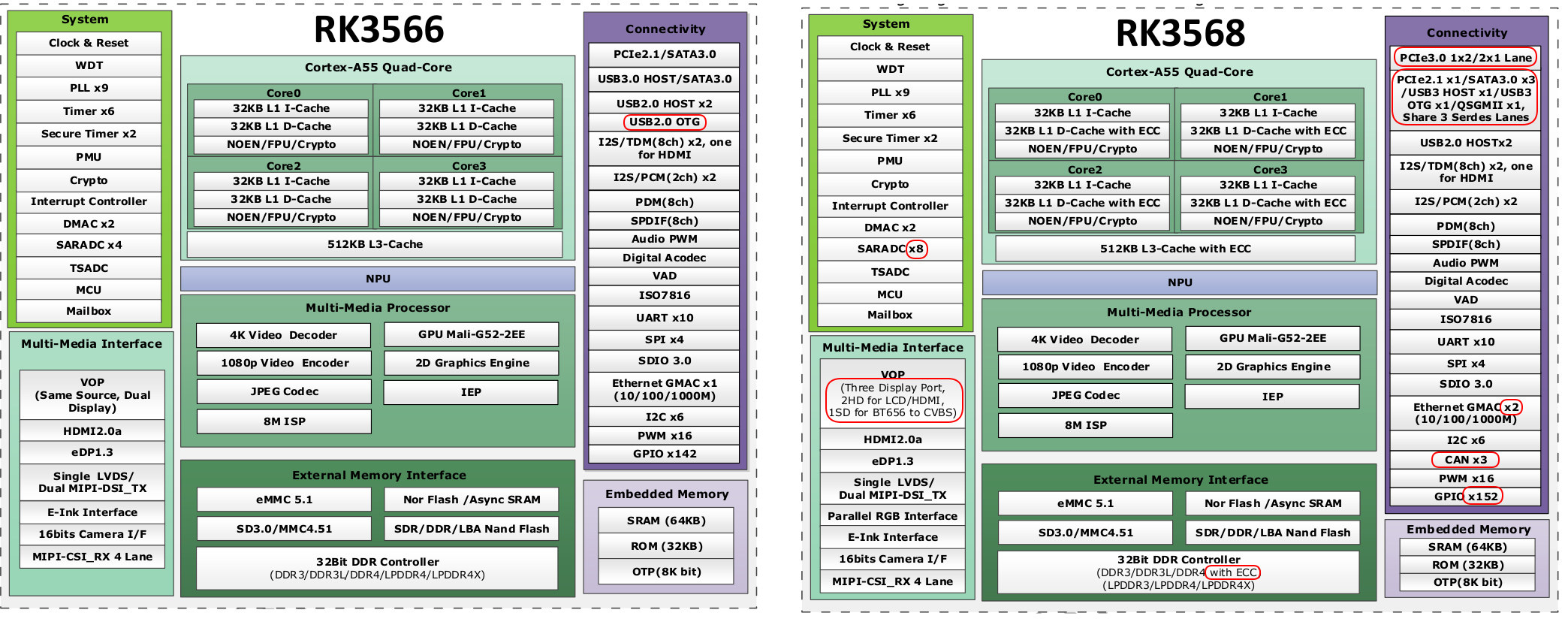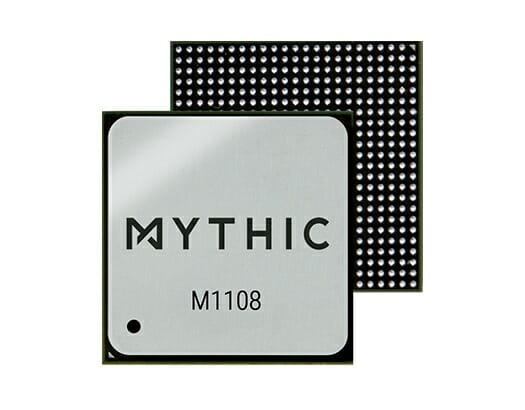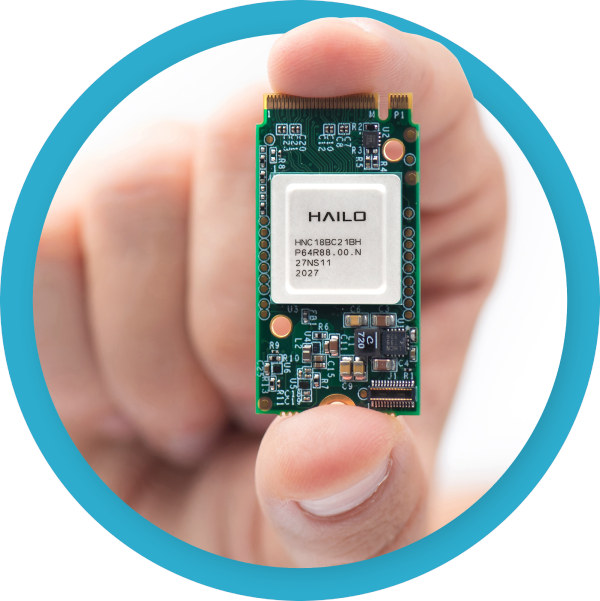There are so many Rockchip RK3399 SBCs that it’s getting boring, but I don’t think I’ve ever seen a Rockchip RK3399 SBC that follows the PCIe card form factor, and that’s exactly what Geniatech SDM3399 offers. The board/card comes with up to 4GB RAM, up to 64GB flash, and exposes Gigabit Ethernet, USB ports, and an audio jack via the PCIe bracket. Geniatech SDM3399 specifications: SoC – Rockchip RK3399 hexa-core processor with 2x Cortex-A72 cores @ 1.8 GHz, four Cortex-A53 cores @ 1.4 GHz, Arm Mali-T860MP4 GPU 800MHz System Memory – 2GB DDR (4GB optional) Storage – 8GB eMMC flash (16GB/32GB/64GB optional) Audio – 3.5mm audio jack Connectivity Gigabit Ethernet RJ45 port 802.11a/b/g/n/ac WiFI 4 and Bluetooth USB – 2x USB 2.0 ports Expansion – 1x M.2 socket Intel SDM Connector – PCIe x 8 (98-pin) SMT connector with HDMI output, DisplayPort output 2x USB 2.0, 1x serial port Battery […]
Geniatech RK3568 Development Board to support Android 11 and Linux
RK3566 and RK3568 are the latest AIoT processors from Rockchip equipped with four Arm Cortex-A55 cores, a Mali-G52 GPU, and an impressive range of peripherals that make them suitable for all sorts of applications including AI edge computing and network video recorder (NVR). We already know Pine64 is working on Quartz64 SBC based on Rockchip RK3566, but I’ve just noticed Geniatech’s “RK3568 development board” that should offer even more features since the processor comes with extra I/Os compared to its little brother. Let’s have a look. Geniatech RK3568 development board specifications: SoC – Rockchip RK3568 quad-core Cortex-A55 processor up to 2.0 GHz with Arm Mali-G52 GPU supporting OpenGL ES 1.1/2.0/3.2, OpenCL 2.0, Vulkan 1.1, 0.8 TOPS NPU for AI acceleration System Memory – Up to 4 GB LPDDR4 Storage – Up to 128 GB eMMC 5.1 flash, 1x SATA 3.0 port, MicroSD card slot, M.2 socket for NVMe SSD (See […]
ZimaBoard Intel Apollo Lake SBC and micro server goes for $69.99 and up (Crowdfunding)
We’ve had our fair share of low-cost x86 SBCs in recent years, mostly based on Intel Cherry Trail processor, with the likes of Atomic Pi and Rock Pi X. Ice Whale Technology has come up with its own low-cost Intel single board computer with ZimaBoard “single board server” as it mostly has network storage applications in mind, but with a 4K capable mini DisplayPort connector it could also be used as a standard SBC or mini PC. There are two versions of the board both with Apollo Lake processors: ZimaBoard 216 with a dual-core Celeron N3350 coupled with 2GBRAM and 16GB eMMC flash, and ZimaBoard 832 powered by a quad-core Celeron N3450 with 8GB RAM and 32GB storage. Both ZimaBoard SBC shares most of the same specifications in terms of I/Os: SoC – ZimaBoard 216 – Intel Celeron N3350 dual-core processor @ 1.1/2.4GHz (Burst freq.) with 12 EU Intel HD […]
Rockchip RK3566 and RK3568 datasheets and features comparison
We first covered Rockchip RK3566 processor in February, but we’ve been informed the specifications have changed since then, and earlier this month, we also wrote about RK3568 quad-core Cortex-A55 processor with the same base features but some extra I/Os. But due to NDAs, people familiar with the chips could not release too many details, so we did not get the full picture. This has just changed as the datasheets for both processors have just dropped from somewhere here and there, and we can get a much closer look. RK3566 and RK3568 specifications I’ve highlighted the obvious differences above, with the big ones being the PCIe interface and RK3568 having dual Gigabit Ethernet. The other features comparison can be found in the table below. Multiplexed interfaces. Important note. Rockchip RK3566 and RK3568 are using Multi-PHY Interfaces, and while the table above lists all possible interfaces, they can not all be used […]
Rockchip RK3588 specifications revealed – 8K video, 6 TOPS NPU, PCIe 3.0, up to 32GB RAM
Rockchip RK3588 is one of the most anticipated processors for the year on this side of the Internet with the octa-core processor features four Cortex-A76 cores, four Cortex-A55 cores, an NPU, and 8K video decoding support. [Update December 2021: check out our post with the RK3588 datasheet for the latest details about the processor] The roadmap shows an expected launch date in Q3/Q4 2020, but sadly the release date will be pushed back in the future. Having said that, the Rockchip Developer Conference (RKDC) is now taking place, and the company has put up a poster that reveals a bit more about the processor. That means we now have more detailed Rockchip RK3588 specifications: CPU – 4x Cortex-A76 and 4x Cortex-A55 cores in dynamIQ configuration GPU – Arm Mali “Odin” MP4 GPU AI Accelerator – 6 TOPS NPU 3.0 (Neural Processing Unit) VPU – 8Kp60 video decoding support, 8Kp30 encoding […]
M1108 AI accelerator chip delivers up to 35 TOPS for high-end edge AI applications
Last week, Mythic announced a breakthrough with compute-in-memory technology based on a 40 nm process with what the company claims to be the industry’s first Analog Matrix Processor. The M1108 AMP AI accelerator chip targets high-end edge AI applications including smart home, AR/VR, drones, and is said to set a benchmark in the industry for high performance and low power in a single cost-effective device, also available in M.2 and PCIe form factors. The M1108 comes with an array of flash cells, ADCs, a 32-bit RISC-V nano-processor, a SIMD vector engine, SRAM, and a high-throughput Network-on-Chip (NOC) router. With 108 AMP tiles, the M1108 provides up to 35 Trillion-Operations-per-Second (TOPS) enabling ResNet-50 at up to 870 fps. This enables a power-efficient execution of complex AI models such as ResNet-50, YOLOv3, and OpenPose Body25. The industry leader NVIDIA also has a similar AI accelerator chip NVIDIA Xavier AGX which delivers up […]
InferX X1 SDK, PCIe and M.2 Boards for edge inference acceleration
Last week, Flex Logix announced the InferX X1 AI Inference Accelerator at Linley Fall Conference 2020. Today, they announced the InferX X1 SDK, PCIe board, and M.2 board. InferX X1 Edge Inference SDK The InferX Edge Inference SDK is simple and easy. The input to the compiler can be an open-source high-level, hardware-agnostic implementation of the neural network model that can be TensorFlow Lite or ONNX model. The compiler takes this model and looks for the available X1 resources and generates a binary executable file. This goes to the runtime which then takes the input stream, for example, a live feed from a camera. The user has to specify which compiler model, then the InferX X1 driver takes it and sends it to hardware. The binary file generated is fed to InferX X1 through the runtime. Then it takes the input data stream with a user-specified model and gives the […]
Hailo-8 M.2 and mini PCIe AI accelerator cards deliver up to 26 TOPS
[Update Sep 3, 2020: The post has been edited to correct Google Coral M.2 power consumption] If you were to add M.2 or mPCIe AI accelerator card to a computer or board, you’d mostly have the choice between Google Coral M.2 or mini PCIe card based on the 4TOPS Google Edge TPU, or one of AAEON AI Core cards based on Intel Movidius Myriad 2 (100 GOPS) or Myriad X (1 TOPS per chip). There are also some other cards like Kneron 520 powered M.2 or mPCIe cards, but I believe the Intel and Google cards are the most commonly used. If you ever need more performance, you’d have to connect cards with multiple Edge or Movidius accelerators or use one M.2 or mini PCIe card equipped with Halio-8 NPU delivering a whopping 26 TOPS on a single chip. Hailo-8 M.2 accelerator card key features and specifications: AI Processor – […]


